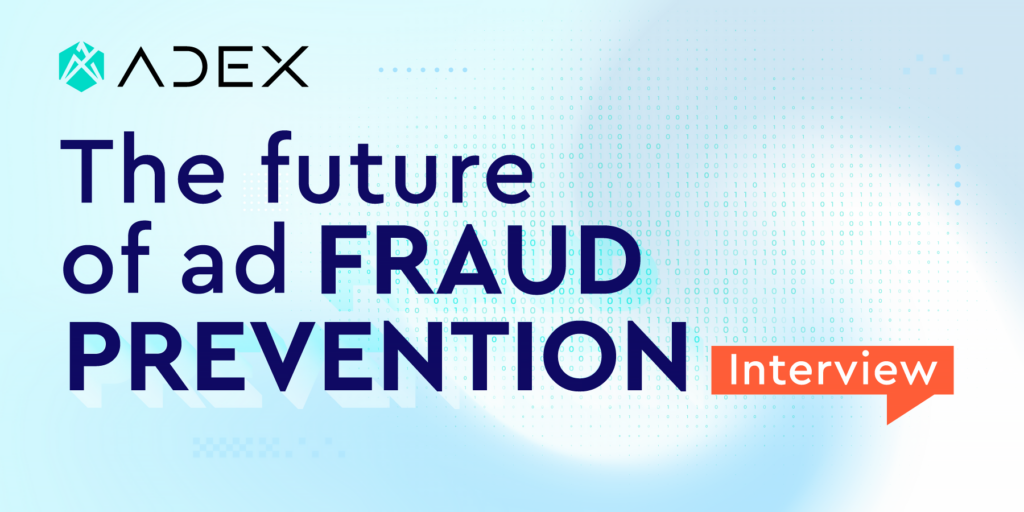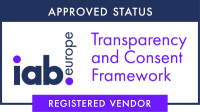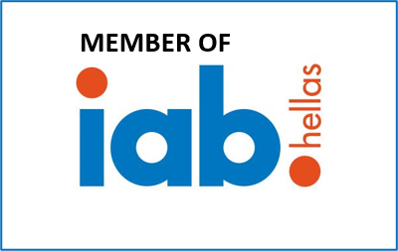Ad fraud is gaining traction. Being extremely profitable, hard to trace, and easy to commit, ad fraud evolves and empties marketers’ pockets. In this exclusive interview, Andrey Ivanov, CEO at ADEX, talks about bot creators, fraud-free traffic, and advertising fraud geography.
Ad fraud is so widespread that almost every niche is under threat, yet are there any differences between fraud committed in, let’s say, the eCommerce and Betting sector?
Andrey: There is no significant distinction in fraud mechanics, with the only difference being the final action – registration, email submission, etc. Scammers are getting really creative with their cheating techniques; they can now realistically mimic human behavior to the point that you would never be able to identify that the traffic you purchased was invalid without special tools.
But to what degree can bots mimic human behavior?
Andrey: It depends on whether you encountered the latest “technological advancement” or a so-called old “bot farm.” Old bots are primitive, and usually, it’s a matter of split-second to detect them. The patterns are repetitive, and if you’re sifting your traffic, you can pretty much uncover these fraudsters with a naked eye.
However, the same doesn’t apply to the state-of-art modern bots. Clearly, I can’t tell you how we identify them – I don’t want to make their life easier. But the trend is that they are getting more sophisticated day by day, just to name a few features: bots can now mimic the natural mouse movements or screen touch in the case with mobile devices.
And what’s more alarming – fraudsters learned how to automatically change IP addresses; sometimes, they use real residential IPs from hacked devices.
Can you say if there is a type of traffic entirely invincible to ad fraud? Maybe social or referral?
Andrey: What is important to understand is that if fraudsters realize that, for example, cheating Facebook advertisers is profitable, they will do that. They will find vulnerabilities. Nonetheless, I can definitely tell that social traffic is generally cleaner compared to other traffic types, but not in any way “invincible.”
Since we touched upon traffic, how do you differentiate between Invalid traffic (IVT) and fraud traffic?
Andrey: I stand on the point that they are synonymous. If you analyze the purpose of why IVT and fraud traffic exists, all becomes clear – they aim to trick advertisers into believing that they purchase real human traffic.
Talking about the financial side, how profitable making an ad bot is? How much time does one need to build a bot?
Andrey: Some bots can literally make millions of dollars for their creators; that’s what happened back in 2017 when we were working for a big traffic source. Our team managed to uncover a fraud scheme that made $1 million damage.
Yet, it’s a bit hard to determine the time fraudsters spend building their bots because the major problem for them is not the programming part per se but acquiring IP addresses. Usually, they infect users’ devices, get full access and then open “invisible” browsers – and that’s precisely where fraud happens. Users have literally no idea that their devices were used for criminal purposes.
This way, it’s really effortless to deceit marketers: according to their analytics, everything looks clean and legit – users visit their websites, click ads, etc. – all looks normal aside from the fact that these users don’t convert.
And again, it has long-term consequences: it’s not only about the budget is completely wasted, but it’s also about marketers not be able to properly analyze their campaigns – analytics is fake.
Can you tell traffic from which countries fraudsters try to hijack more often than others?
Andrey: Well, typically, fraudsters target the traffic from Tier-1 countries, like the USA, Britain, Canada, Australia, because users from these countries have a higher purchasing power; therefore, advertisers are willing to pay a higher price for these visitors.
But it absolutely doesn’t mean that if, for example, they notice high demand for Indian traffic, they wouldn’t try to mimic it.
How long does it take to identify the fraud scheme?
Andrey: The timing is usually determined based on the detection model. The majority of the anti-fraud tools use two options: real-time (instant) filtering when the threat is automatically blocked and post-analysis, a deeper investigation, thorough traffic sifting while taking into consideration a great many indirect signs.
Obviously, we don’t rely solely on machine detection; that’s why we spend a great deal of time checking traffic manually to spot various anomalies. Utilizing human expertise alongside artificial intelligence and machine learning technologies increases the accuracy of fraud recognition.
For example, lots of users now utilize advanced customization features in their browsers, while others leave default browser options. But if you see that 100% of users coming from a certain traffic source have altered browser settings, you immediately realize that it’s a fraud; it’s statistically impossible.
Digital advertising is still playing catch up with fraudsters. Do we have a chance to get ahead of the curve?
Andrey: I believe the mass adoption of fraud detection tools can tip the scale. Until now, the use of these tools has been in the best case limited, which gave plenty of room for various machinations with traffic.
You can’t tackle these challenges on your own; I mean, some patterns are way too complex for the human brain to analyze. And that’s how fraudsters are taking advantage of marketers.
We should collectively close this window of opportunity for fraudsters. By increasing the efforts scammers should put into developing their malicious schemes, we will make traffic fraud much less unprofitable.
There’s no other way to dramatically reduce the financial losses of the digital advertising market.
What about ADEX? What is your input in combating fraud traffic?
Andrey: Our first client was (and still is) a big advertising network, so now we really have a full picture – we monitor and prevent illegal activities from two sides at once:
- What traffic website owners supply the network with?
- And fraud from the advertiser’s side: every cloaking technique you can possibly imagine.
In other words, we can offer a complex approach and in-depth understanding of the market. After all, we had access to enormous traffic volumes and have experience fighting every fraud type out there.
Over the last 10 years, our expertise has been enriched with technology and experiments. We focus on finding vulnerabilities; that’s why we build our own bots that are supposed to bypass our filters. This way, we can better understand the logic behind fraudsters’ actions and more efficiently block the threats.
I can genuinely say that we monitor traffic 24/7. And our stability and constant improvement can help address the global ad fraud problem.
Have questions for Andrey? Leave your questions in the comment section below or get in touch with us today.


